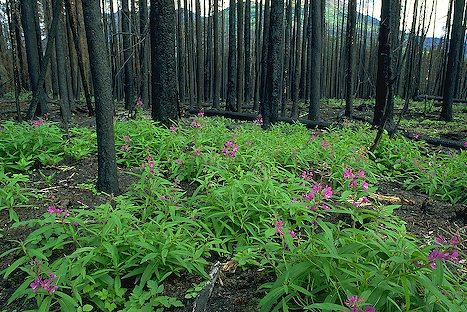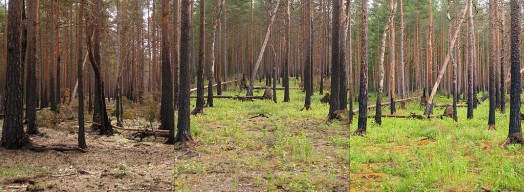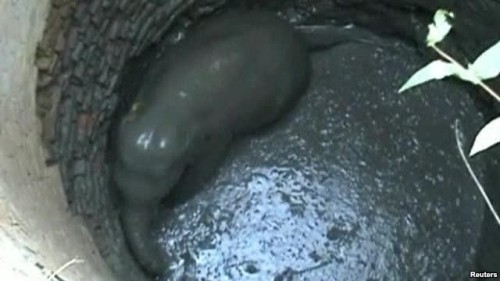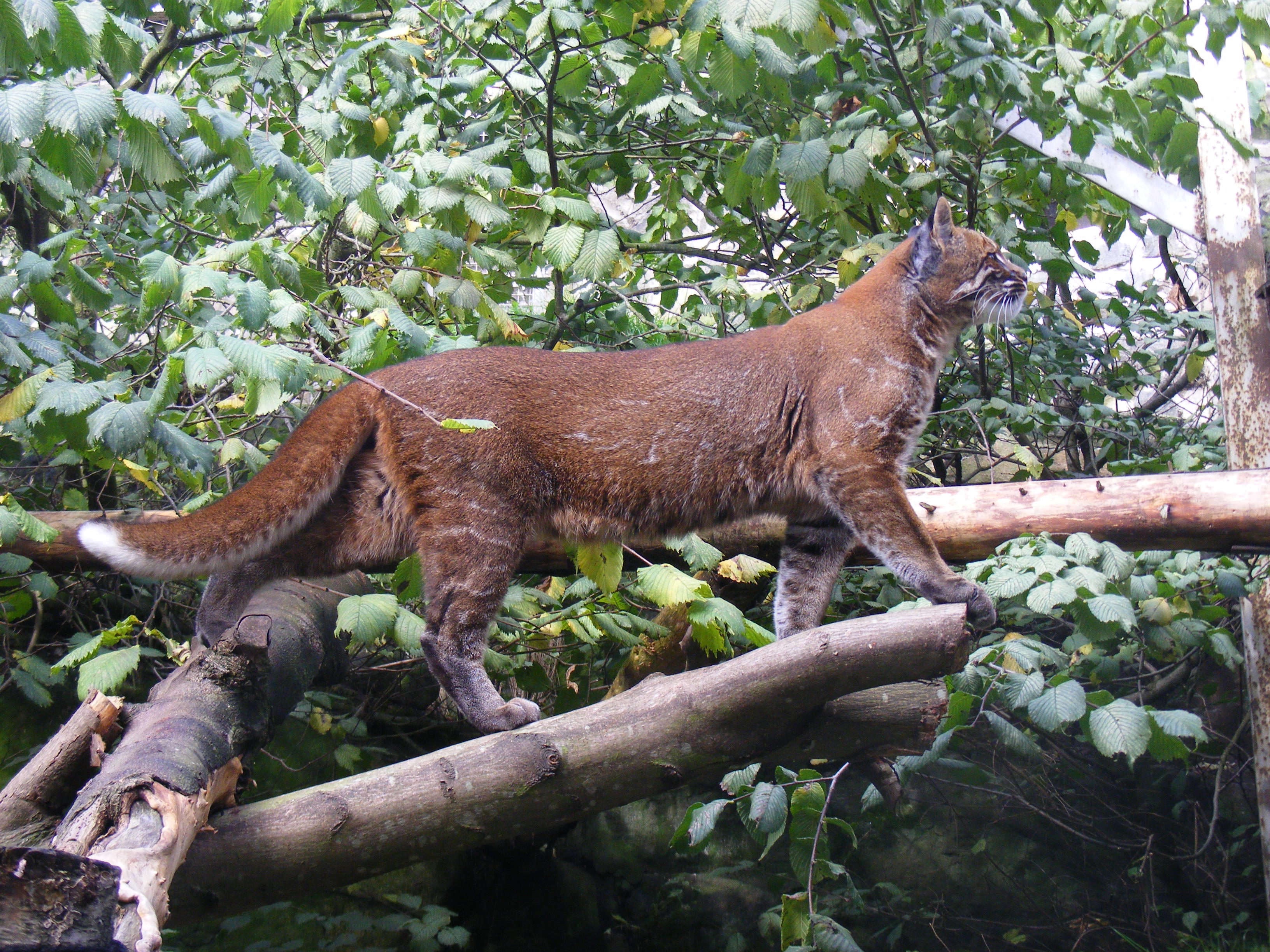Forest fires are in most cases a natural phenomenon, a cleansing ritual where old die and new sprouts forth. But for centuries it has been a mystery how seeds dormant for years and years can literally rise from the ashes after a forest fire and amply fill the jungle floor with new growth. In a new study, scientists have found the answer on how this regeneration occurs so rapidly.

In the April 23 early online edition of the Proceedings of the National Academy of Sciences (PNAS), scientists at the Salk Institute and the University of California, San Diego, report the results of a study that answers this fundamental “circle of life” question in plant ecology.
The team believes that their study answers not only an age old puzzle but can also help in restoring forests and grasslands in the future by aiding in the development of plant varieties that help maintain and restore ecosystems.
“This is a very important and fundamental process of ecosystem renewal around the planet that we really didn’t understand,” says co-senior investigator Joseph P. Noel, “Now we know the molecular triggers for how it occurs.”
The researchers explains what happens is nothing less than a magical passing of information from one that’s dying to the one that’s waiting to germinate. Burnt old plants generate a chemical message for the next generation, telling dormant seeds it’s time to sprout!
They also add that controlling a forest fire can actually be harmful in the long run and if a forest is burning naturally, it should be allowed to turn into ashes howsoever severe the devastation seems.
In the US, when forest officers visited and evaluated the soil condition after a fire broke and it was controlled, they found that in areas where the forest fire could not spread, the soil lacked certain important minerals and chemicals.
“When Yellowstone National Park was allowed to burn in 1988, many people felt that it would never be restored to its former beauty,” says James J. La Clair, one of the researchers. “But by the following spring, when the rains arrived, there was a burst of flowering plants amid the nutrient-rich ash and charred ground.”
The chemical that triggers life
In some previous studies scientists had found that special chemicals known as karrikins are created as trees and shrubs burn during a forest fire and remain in the soil after the fire, ensuring the forest will regenerate.
This time the scientists wanted to find out how exactly this triggers plant growth.

The team found a plant protein called KAI2 which binds to the chemical karrikin on the dormant seed. When this protein is not bound to karrikin, the seeds do not perceive its presence. It is like the karrikin is the medium that helps the seeds ‘see’ the existence of the KAI2 protein in their environment.
The team also importantly found that this binding changes the shape of the protein and this changed shape signals other proteins to begin working too.
“These other protein players,” plant geneticist Zuyu Zheng says, “together with karrikin and KAI2, generate the signal causing seed germination at the right place and time after a wildfire.”
Thus forest fires trigger formation of chemical karrikin which attach to KAI2 plant protein and bind to dormant seeds. The seeds can now see the proteins and the changed shape is a wakeup call for other plant proteins to rise from their years of slumber and start germinating!
Future Forests
While the new findings were made in Arabidopsis, a model organism that many plant researchers study, the scientists say the same karrikin-KAI2 regeneration strategy is undoubtedly found in many plant species.
“In plants, one member of this family of enzymes has been recruited somehow through natural selection to bind to this molecule in smoke and ash and generate this signal,” says Noel, holder of Salk’s Arthur and Julie Woodrow Chair and a Howard Hughes Medical Institute investigator. “KAI2 likely evolved when plant ecosystems started to flourish on the terrestrial earth and fire became a very important part of ecosystems to free up nutrients locked up in dying and dead plants.”
Work still needs to be done on this research to further understand the mutual relation between the different chemicals but this study opens a brand new path for conservationists too.

That a chemical generated after a forest fire can push dormant seeds to grow provides a ready solution in the hands of biologists who might use it to artificially push dormant seeds to germinate without even the need for a fire. Although this line of research has still not been examined, it can be a path to ensure natural forests remain and flourish.
Also, whether a forest fire is natural or manmade, the research gives hope that finally even a dying tree is ensuring that from the ashes spring out millions of new lives.
In a glance
Hannu photographed the Ecological succession after wildfire in boreal pine forest (next to Hara Bog, Lahemaa National Park, Estonia). The three photos are of the same place, taken one, two and three years after the fire.
The fire occurred around 20-22 August 2006.

More Related Stories,
Bishnois: Environment Crusaders by Birth
They Call themselves the Tree Planters
Ailing Sunderbans Losing Beauty and Diversity
Image via CC/Flickr by Ran Yaniv Hartstein, Bee wolf ray
Forest regeneration after forest fire by Hannu (Own work) [Public domain], via Wikimedia Commons






This is truly fascinating!The more we find out about the way things work in nature, the more humbled and awed we become.
My father is a retired forest officer and since childhood, I have heard about this phenomenon that after the forest fires, the grass that comes up is much better. In fact, the goatherds used to deliberately set the jungles on fire
You are so right Amrita. The more we know, the more at awe we are of nature. And I am honored to know that you are a daughter of a forest officer..:) I have seen this phenomenon too in some forests of uttarakhand that were deliberately burnt. Thank you for your comment and sharing your wonderful thoughts.
Interesting fact.. thanks for sharing